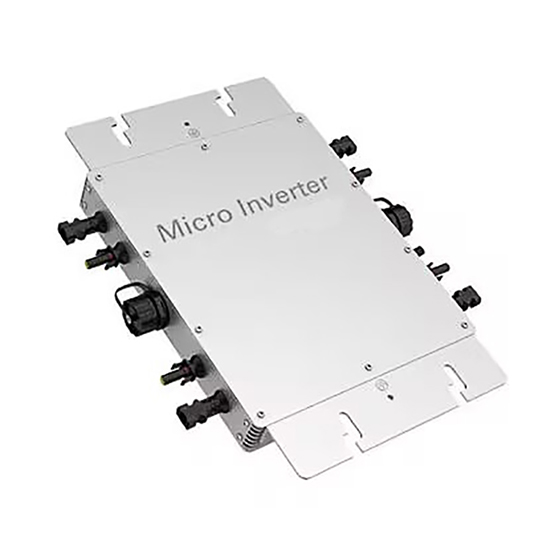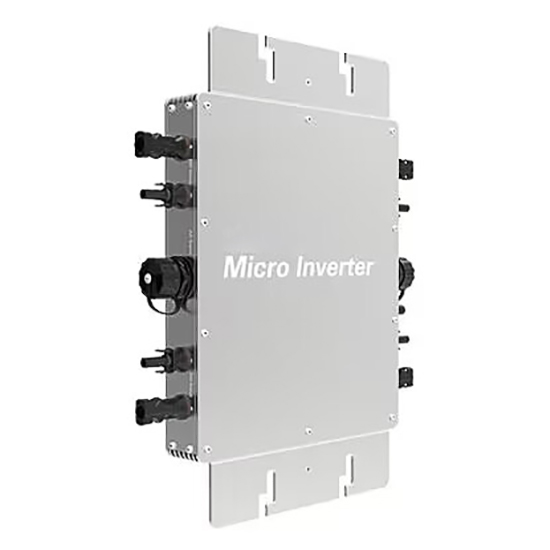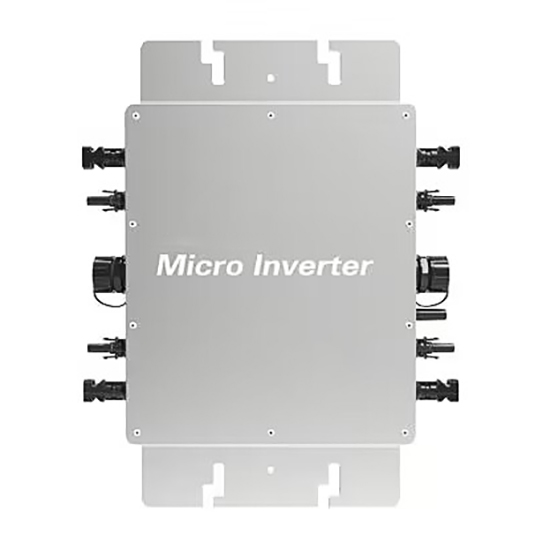Micro Inverter, 300 Watt~2800 Watt






The high-precision micro inverter uses WIFI connection and has a waterproof rating of IP65. You can connect to the mobile APP to select system functions, which is smart and convenient.
| PV open circuit voltage | 30-60V |
| Operating voltage range | 22-60V DC |
| Starting voltage range | 22-60V DC |
| Temperature range | -40℃ to +65℃ |
| Waterproof grade | IP65 |
| Heat dissipation mode | Self-cooling |
| Communication mode | WiFi |
| Power transmission mode | Reverse transmission,Load priority |
| Power factor | >95% |
| Static MPPT efficiency | 99.5% |
| Total current harmonics | <5% |

